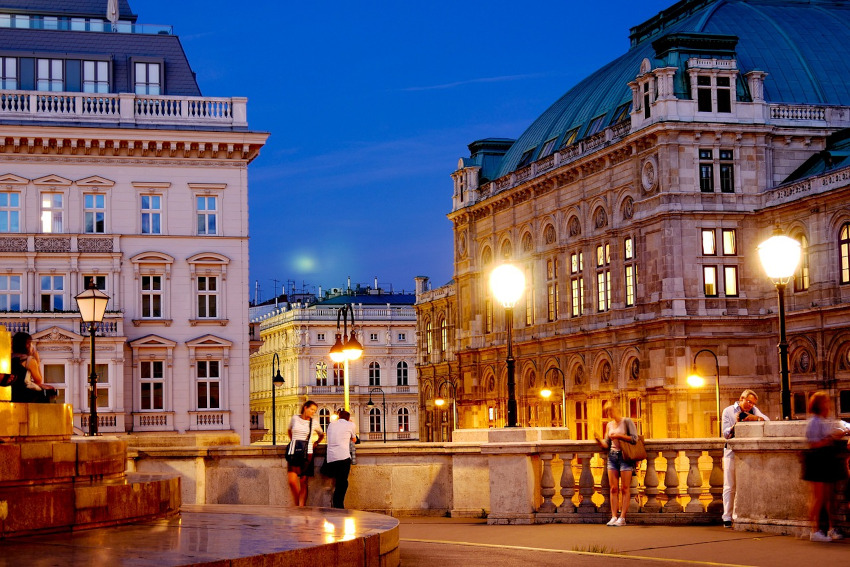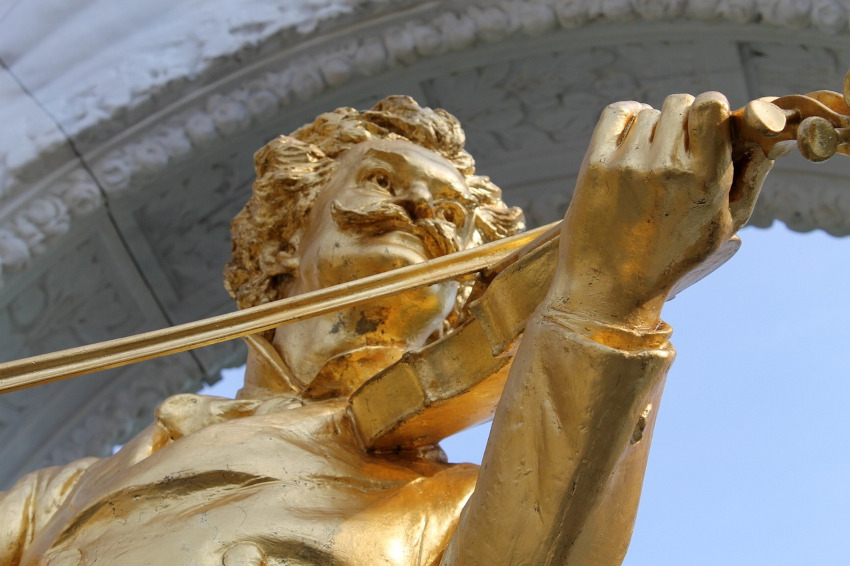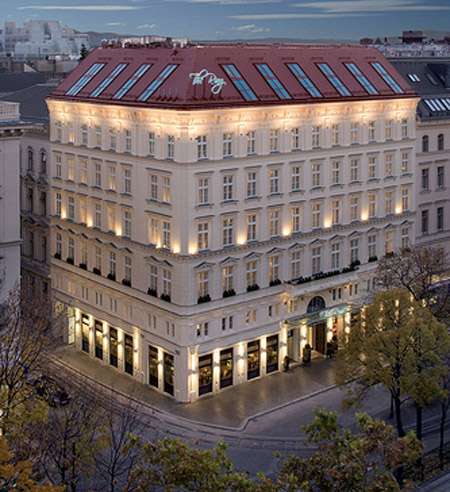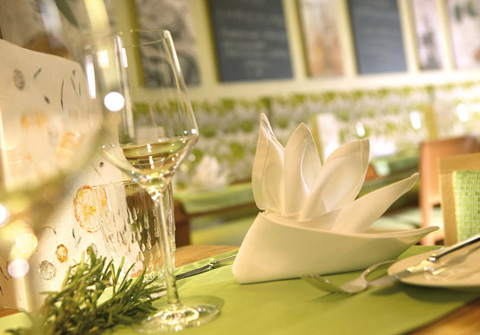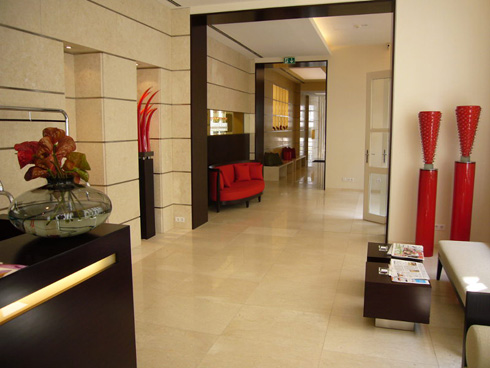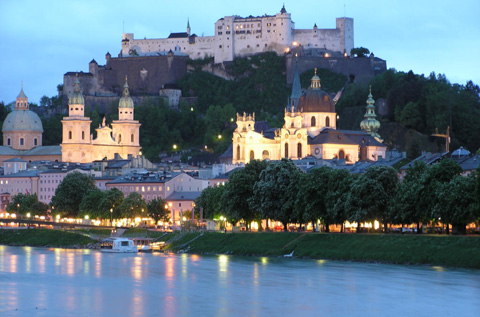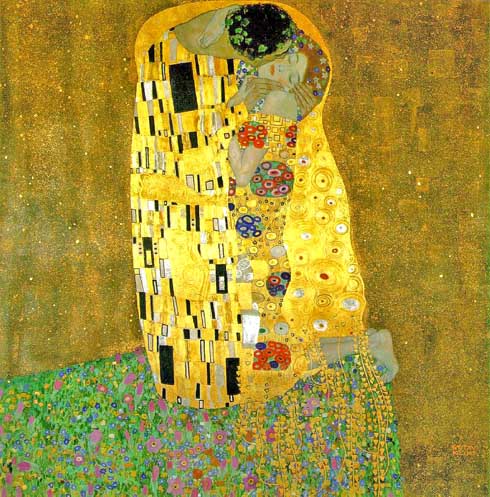Innsbruck Austria – 5 tips for a Summer Getaway in the Capital of the Alps
Innsbruck Austria offers a unique opportunity for travelers looking to experience unrivalled variety in an alpine destination this summer. Surrounded by mountains, the Innsbruck region includes scenic landscapes, picturesque villages and a wealth of cultural and historic attractions in the city.
Innsbruck is the capital of the historical region of Tyrol (German: Tirol). Located in the scenic Alps, which includes Northern Italy and western Austria. Therefore, you will enjoy and be surrounded by amazing mountain views.
Winter time draws both tourists and athletes, who experience the variety of outdoor activities. In fact, the 1976 Winter Olympics or XII Olympic Winter Games were hosted by Innsbruck. 37 nations participated in the 1976 Winter Olympic Games.
Here are five reasons to visit Innsbruck this summer:
Hiking in the Innsbruck region:
The Innsbruck region is blessed with a wealth of hiking trails through all types of terrain. For example, from alpine meadows and mountainsides to the centuries-old stone pine forests of the Zirbenweg. Also, trail between Patscherkofel and Tulfes or the larch forests of the Obsteiger Larchsteig trail.
With the free Innsbruck Welcome Card, guided hikes are available to explore the region in all its glory. Enjoy a stay of at least two nights at selected partner hotels and accommodation. Plus, the Welcome Card also includes free public transport in the region and discounts on cultural highlights. https://www.innsbruck.info/en/destinations/accommodation/welcome-card.html
Become a History Buff
Innsbruck is adorned with historic attractions and summer is a great time to explore its rich and vibrant history. With its title of Capital of the Alps comes a wealth of grand European history and cultural gems. Including the Hofkirche Court Church, the Hofburg Imperial Palace and Ambras Castle. In addition, the world-renowned Golden Roof, which Emperor Maximillian built for his wedding around 1500AD.
Cool Off in the Natural Swimming Lakes
The Innsbruck region’s stunning natural lakes provide the perfect opportunity for fans of outdoor swimming to enjoy their sport. Offering the perfect environment to swim in the sight of picturesque mountains. Additionally, the areas are purpose built with changing facilities and easily accessible from the city centre. Three popular locations include Lake Lans, (Lanser See), Natters Lake, (Nattersee) and Lake Mieming (Mieminger Badesee).
Swarovski in Summer
Immerse yourself in the heart of Swarovski, where ‘The Giant’ greets you at the entrance. Next, visit the 18 Chambers of Wonder, displaying some of Swarovski’s grand jewels and memorabilia. Perfect for fans of the brand or for a family day out. Continuing, the gardens have a children’s play tower, playground and even a carousel.

Culinary Delights:
Innsbruck is a foodie’s heaven, Maria-Theresien-Strasse is lined with café’s and venturing further to the old town, visitors can experience an array of Tyrolean specialties and international flavours.
Visit the bustling Markthalle for fresh produce, local delicacies, and artisanal treats.
For the active ‘eat on the go’ type, the Nordkette picnic also promises something to savour at literally the highest level. A pre-packed rucksack awaits you on the Seegrube. It is at an altitude of almost 2,000 metres. Feast on delicious treats such as smoked ham and mountain cheese, it’s the perfect way to enjoy a hearty snack in the mountains.
Photos: Innsbruck Tourismus
